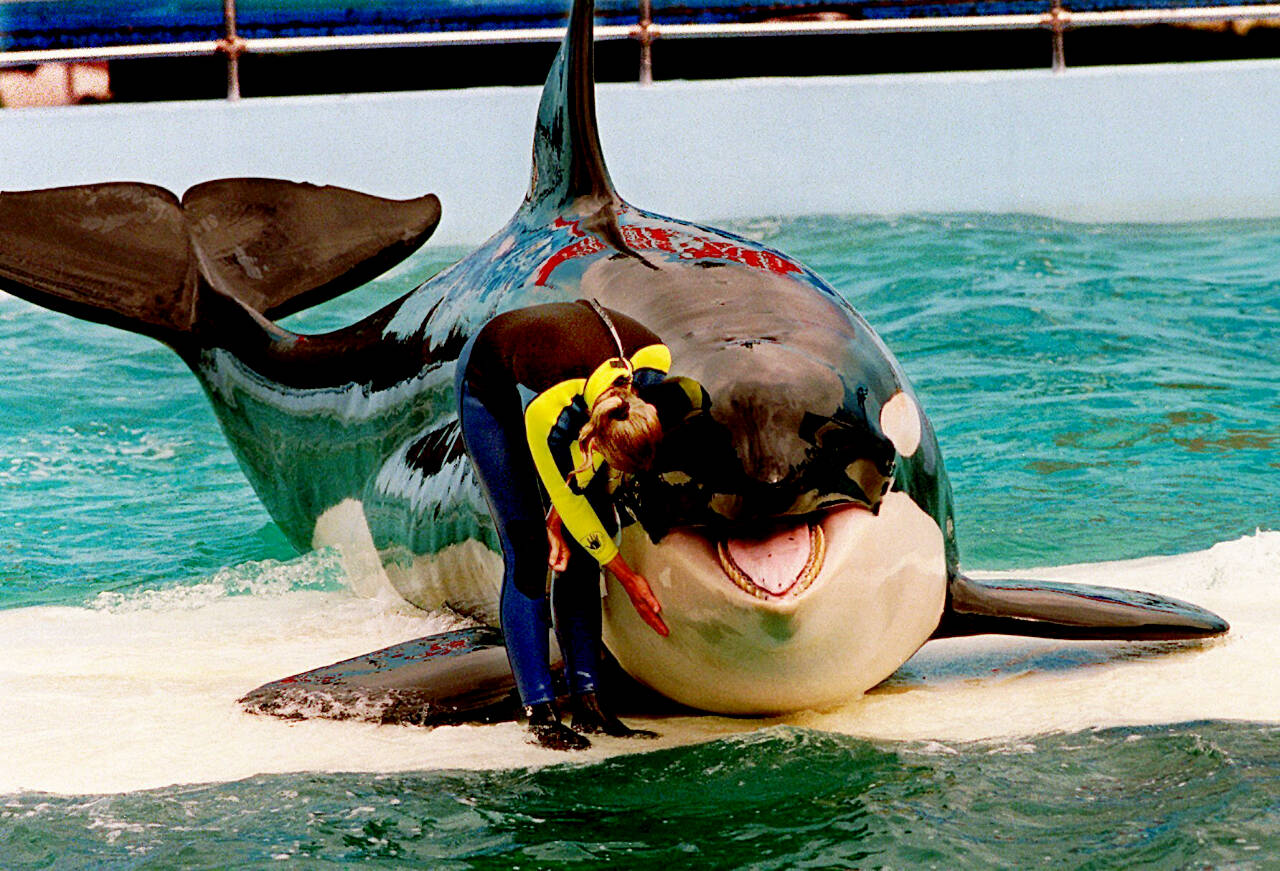MIAMI — Lolita, a Southern Resident orca who had lived in captivity at the Miami Seaquarium for more than 50 years after she was taken from her home, died Friday as plans to move her out of the theme park were taking shape.
She was believed to be 57 when she died. She was thought to have been 4 when she was captured in Penn Cove off the coast of Washington in 1970.
Now known as Toki, her original name when she was taken, the orca had shown serious signs of discomfort recently and was thought to have died of a renal condition, according to a Facebook post by the Miami Seaquarium on Friday.
“Toki was an inspiration to all who had the fortune to hear her story, and especially to the Lummi nation that considered her family,” said the facility in a statement.
Plans were being made to move the orca, who was believed to be from the L pod of Southern Resident orcas, back to her home waters.
Indianapolis Colts owner Jim Irsay had entered into a partnership with Eduardo Albor, who heads The Dolphin Company which owns the Seaquarium, and the nonprofit Friends of Lolita, co-founded by environmentalist Pritam Singh, to move Lolita from her marine park tank that measures 80 feet by 35 feet and is 20 feet deep.
Overall the mission would have cost $15 million to $20 million, the group said. The move was possible because of Irsay’s financial contribution.
The time frame for moving the 57-year-old, 7,000-pound orca was to have been six to nine months or even longer. She was to be transported by plane to Washington state waters, where she would initially swim inside a large net while trainers and veterinarians taught her how to catch fish.
The Dolphin Company took ownership of the park in 2021 and last year announced it would no longer stage shows with Lolita, under an agreement with federal regulators. The company operates some 27 other parks and habitats in Mexico, Argentina, the Caribbean and Italy.
Southern Residents were put on the endangered species list in 2005, but captive animals were excluded from protection.
During the 1960s and 1970s, dozens of Pacific Northwest whales were caught for display in marine theme parks. At the time, the whale-capture industry argued that there were many orcas in the sea and some could be sustainably caught.
The population of the Southern Resident orcas now is 74.

